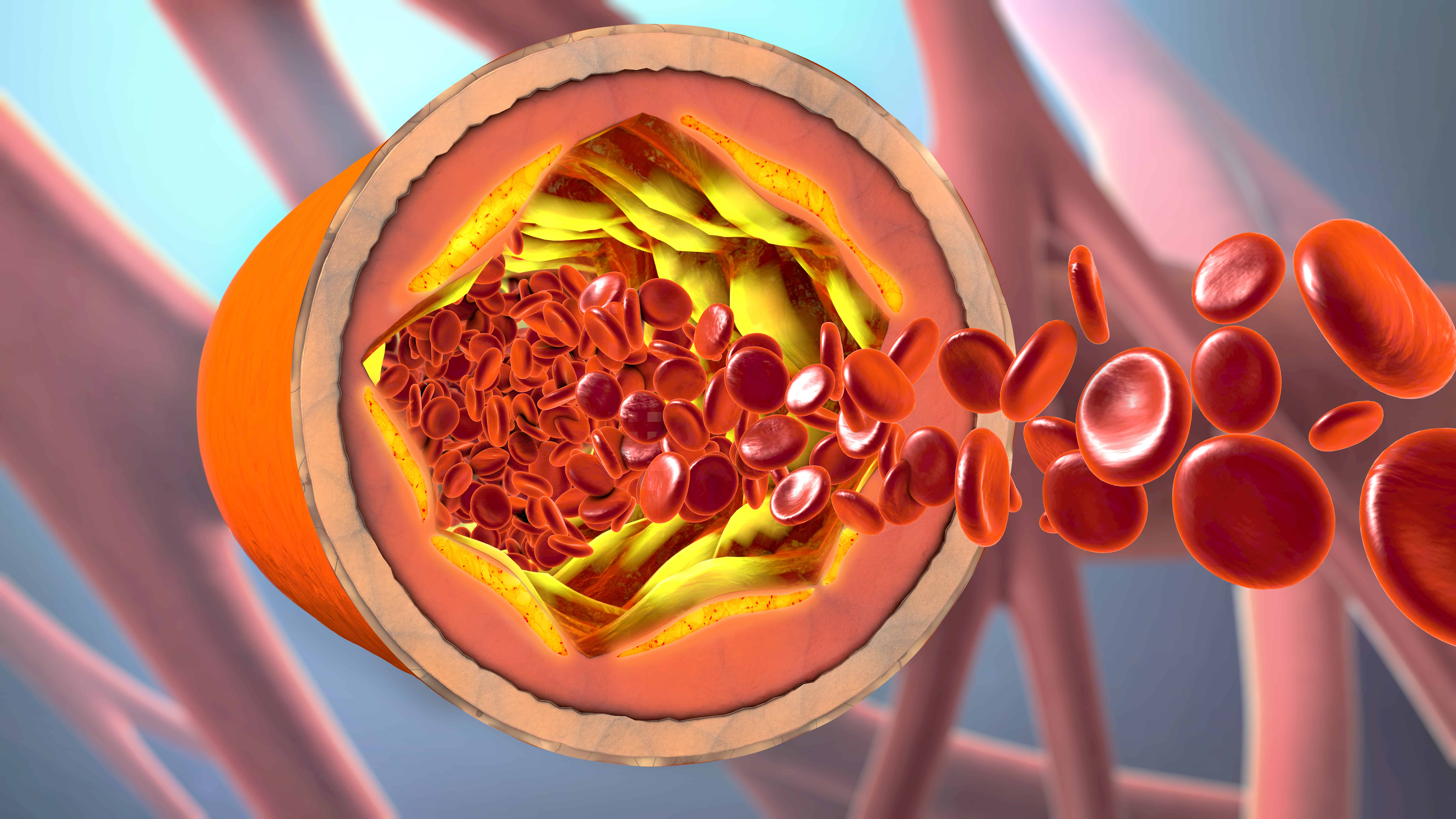Firstly the patient may experience pain in their calf muscle on walking. This condition is called intermittent claudication. The pain is typically relieved with rest. The walking distance is less when walking up a hill or an incline. The problem is a reduction in blood flow to the muscles due to a build up of plaque in the arteries of the leg, which could be causing a narrowing or a blockage. This condition is seldom related to critical blood flow problems and treatment is only required in a minority of circumstances such as significantly reduced exercise tolerance such that the patient’s lifestyle is severely threatened. It is unusual for the blockage to progress to the extent that the limb is threatened. Treatment always involves control of risk factors, which include stopping smoking, control of blood pressure and cholesterol, and regular exercise. Definitive treatment may involve either a balloon angioplasty or a bypass.
Less commonly the reduction in blood flow may be so severe that there is not enough blood getting to the leg. This may present with pain in the feet at night (rest pain), ulceration in legs or even gangrene. When this occurs, intervention to improve the blood supply is required and usually will involve a bypass but an angioplasty or stent can be performed.
Contact us today to book an appointment with one of our Vascular Specialists to discuss the latest treatment options for all Arterial Conditions.
